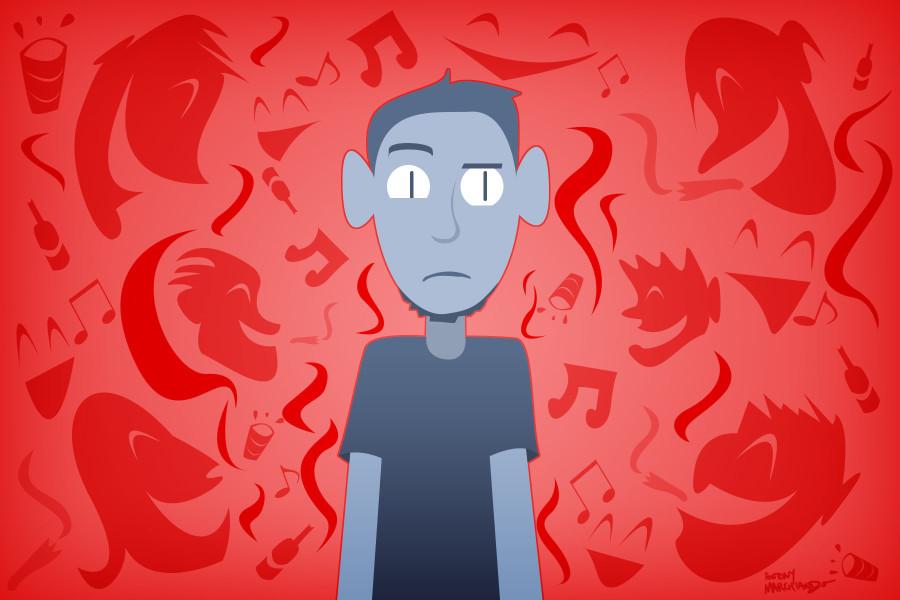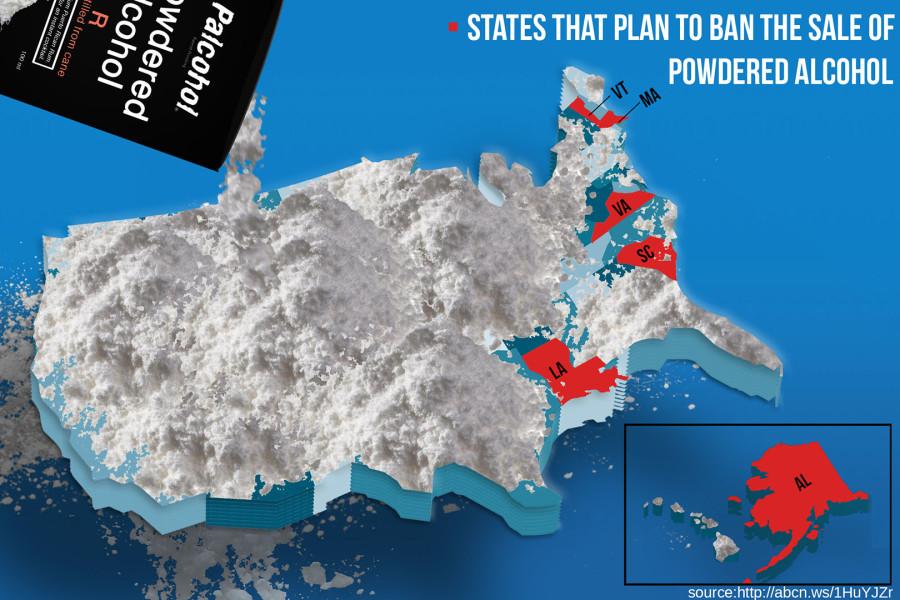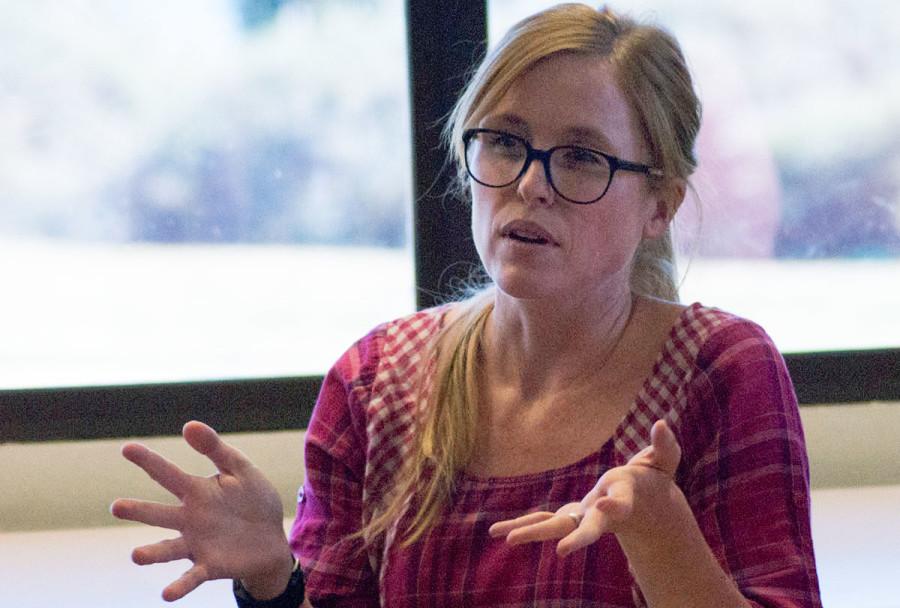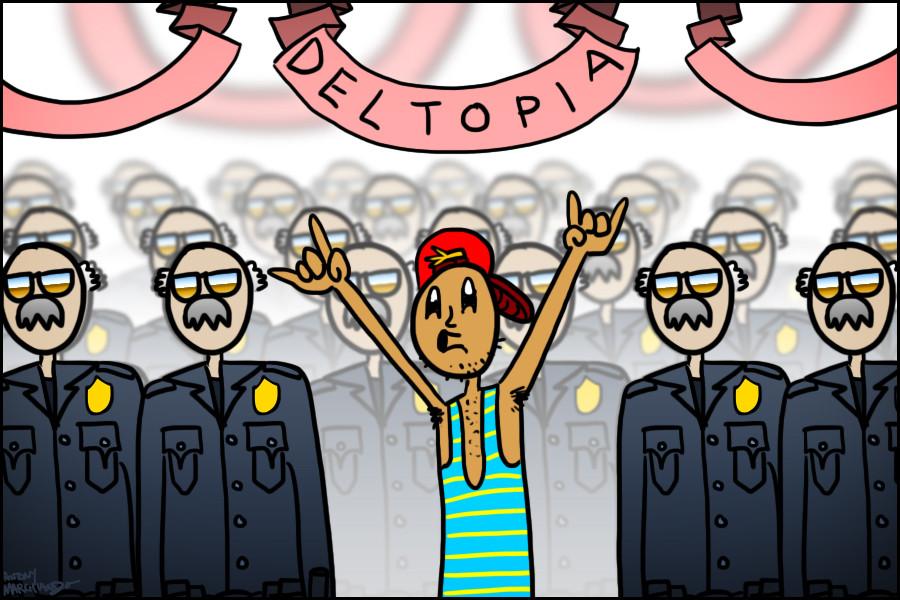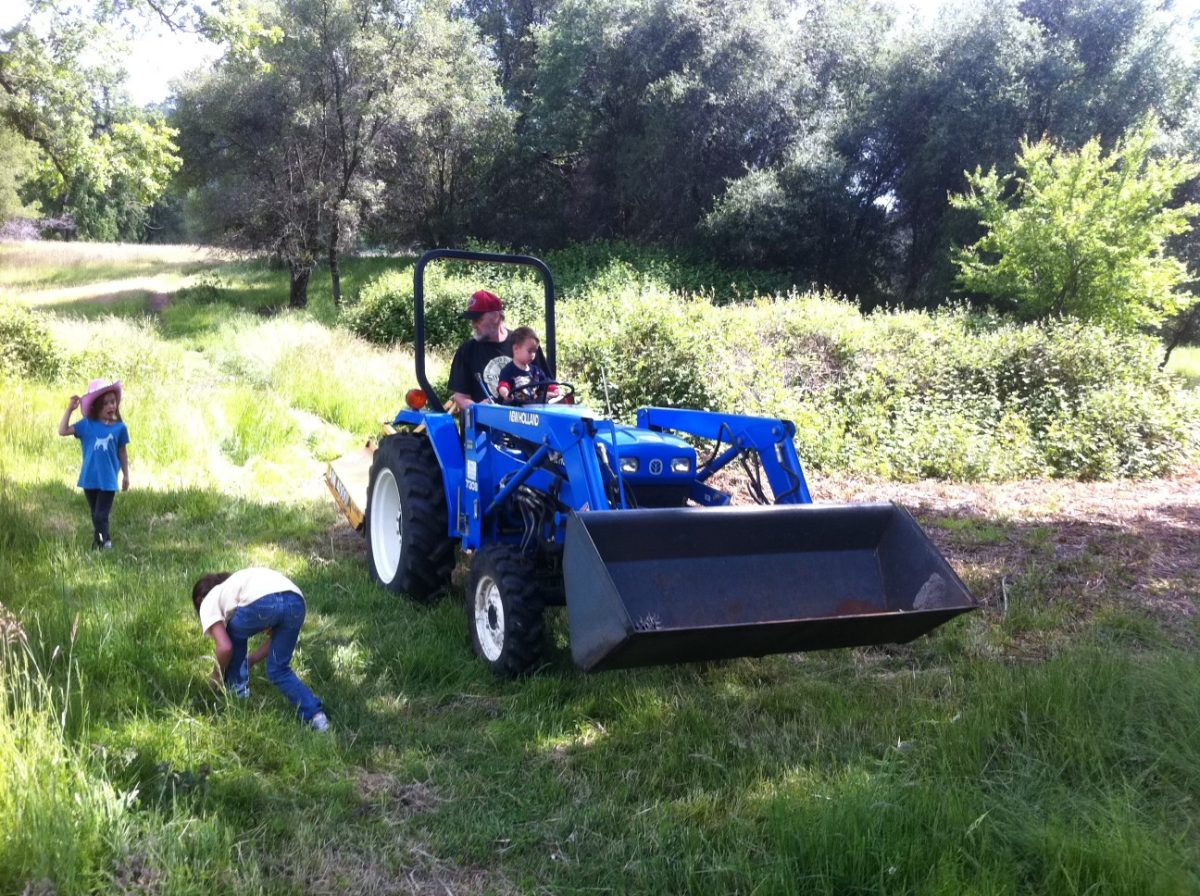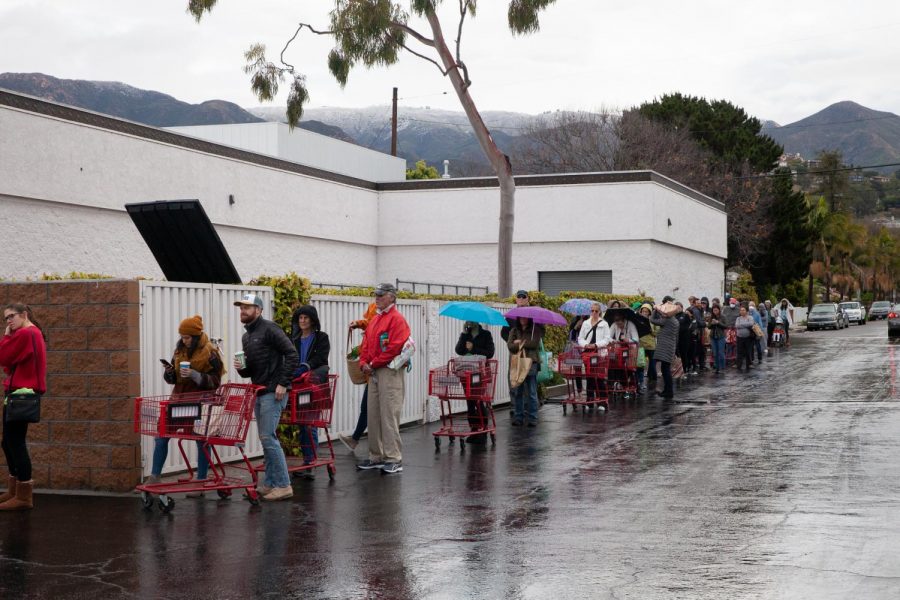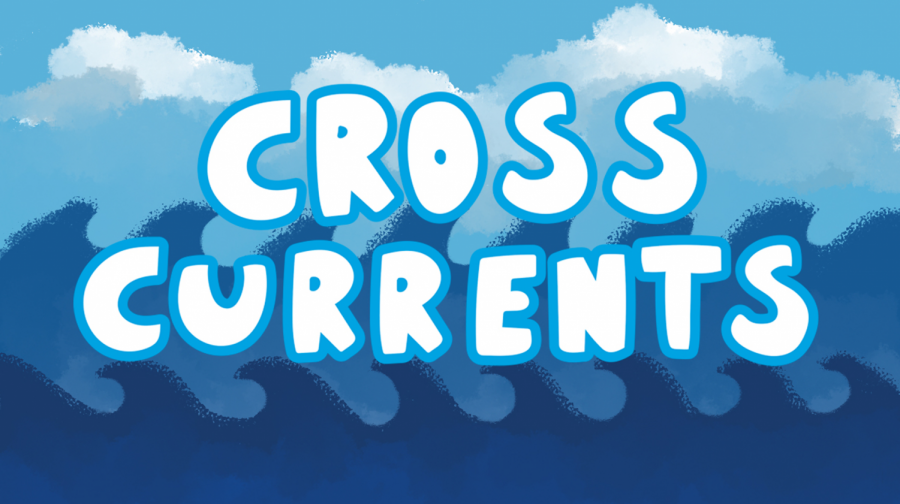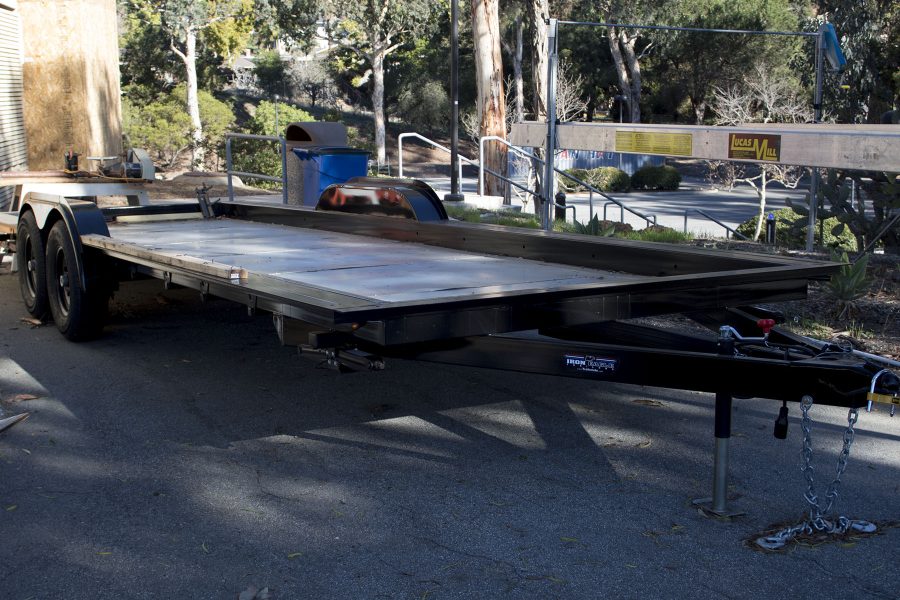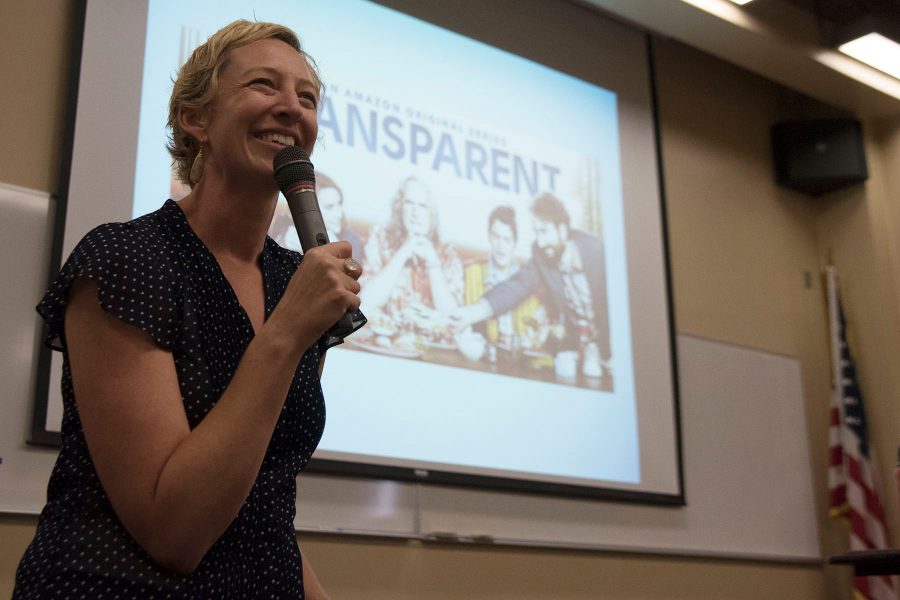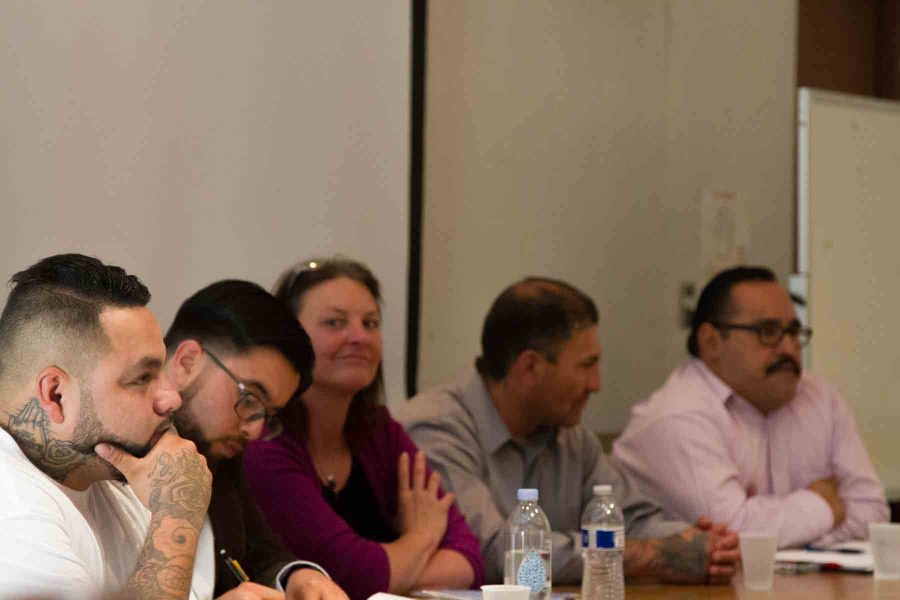
Isla Vista is a breeding ground.
Much like high-school dances were an organized method of releasing sexual tension secondary school innately invokes, I.V. is a place for youth to cut loose.
With no advisors lining the gym walls, the entirely unadulterated environment can lead to a heightened risk of sexual assault, injury, or in many cases, complete loss of memory.
Alcohol is a catalyst for all things catastrophic.
That’s not to say alcohol is the cause of I.V.’s mayhem; it just speeds up the process. Either way, sobering up certainly makes you question actions more seriously, like: Why am I shouting? Where am I? Why is this couch on fire? I set it on fire? How did I benefit from setting this couch on fire?
Nobody really knows.
I think something in the jungle juice must reprogram a vital part of the cerebrum in a way that orders: destroy all common sense and go hump something. Which it actually kind of does.
According to Virginia Polytechnic Institute and State University, short-term effects of alcohol on the brain include altering the parts that control cognitive ability, such as attention, judgment, memory, and coordination.
Seeing as the study doesn’t list walking in the middle of the street with a giant group of friends for three blocks while a car is trying pass your meandering, drunk selves, I’m going to continue shouting profanities out the window until I reach my destination or kill you.
I don’t go to I.V.. Scratch that, I go to I.V. for one reason only, and that reason is bagels.
I.V. happens to house the only restaurants in Santa Barbara that stay open until the two or three a.m. Which, regardless of what nutrition specialists say, is prime time for a meal.
Growing up in Goleta, I.V. was always a taboo amongst parents and teachers. At Dos Pueblos High School, instructors handed out flyers every Halloween warning students of the dangers of I.V. Most students disregarded the flyers, along with integrity and common sense, while I slowly watched the priorities of my peers transform.
Girls started dressing differently, seemingly requiring less and less fabric for their growing bodies. Meanwhile, the boys began strutting some corn syrup confidence that presented itself in muscle tops, which fit their sophomore bodies like sacks on peasant children.
Seeing as my high school experience meant sporting jeans and oversized sweaters (the better to hide in), the partygoers didn’t pay much attention to me. But after four years of listening to them brag about throwing up, blacking out, losing wallets and breaking extremities, I realized I was the lucky one. I had managed to escape the mental and physical degradation that I.V. was wreaking on these kids in their most vital stages of development.
Research conducted by neuropsychologists at Duke University indicates that younger drinkers are much more likely to suffer neurocognitive deficits than older adults who drink, especially if they drink to the point of blacking out, or temporarily losing their memory.
I’ll be the first to admit my perception of I.V. was soured by living within five miles of the district allegedly known for its title of most alcohol consumed per capita. Moving here as a college-aged student, I may have even enjoyed partying there. But the damage I have witnessed this binge drinking society inflict on developing youth has been too disturbing to ignore.
I.V. needs to figure out how to monitor and eliminate its underage drinking, because a group of fifteen-year-olds drunk beyond comprehension at a friend’s house while parents are out may be irresponsible. But those same fifteen-year-olds blacked out, surrounded by hundreds of belligerent older drunk people, epitomizes an unsafe environment.


